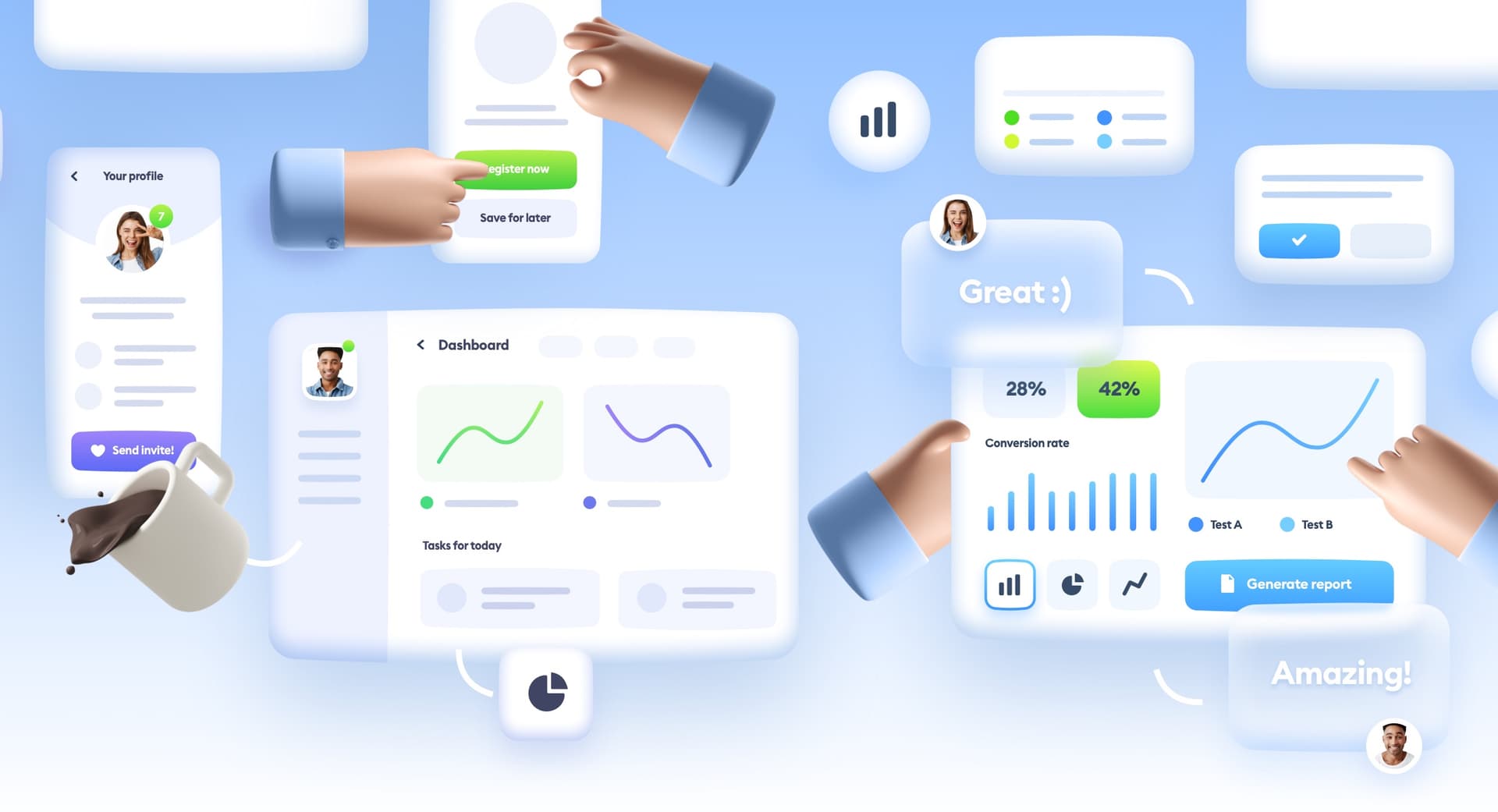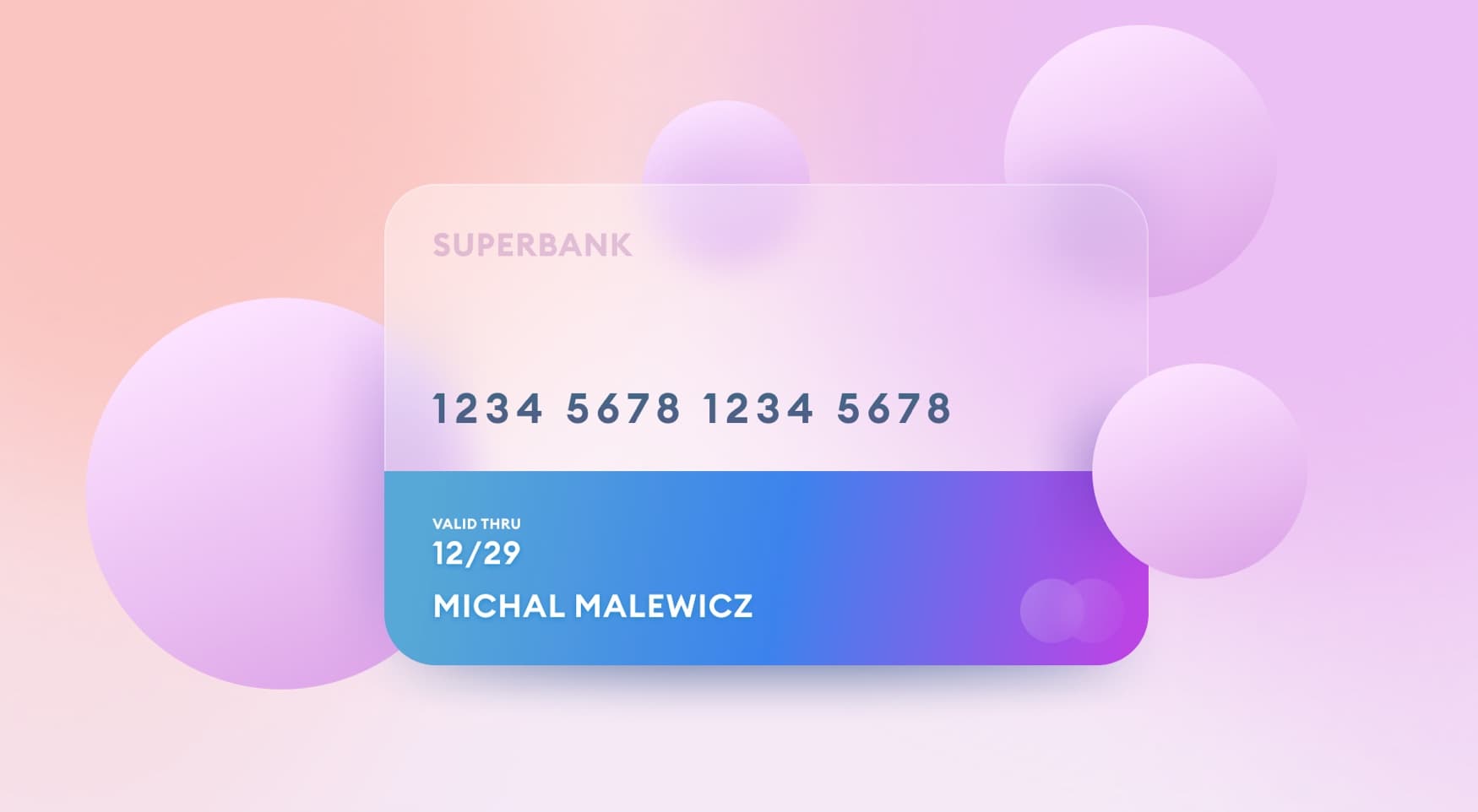UI design and especially its more artistic, visual side is constantly evolving. While most current products repeat the same, trusted and well-known IA patterns, UI and the Value Proposition are the biggest differentiators the product can have.
Nobody is going to try and redesign a registration process that works well in thousands of other apps — we’ll tweak it, for sure, and hopefully with some research, but in the end, it will just be a copy of what the users already know.






